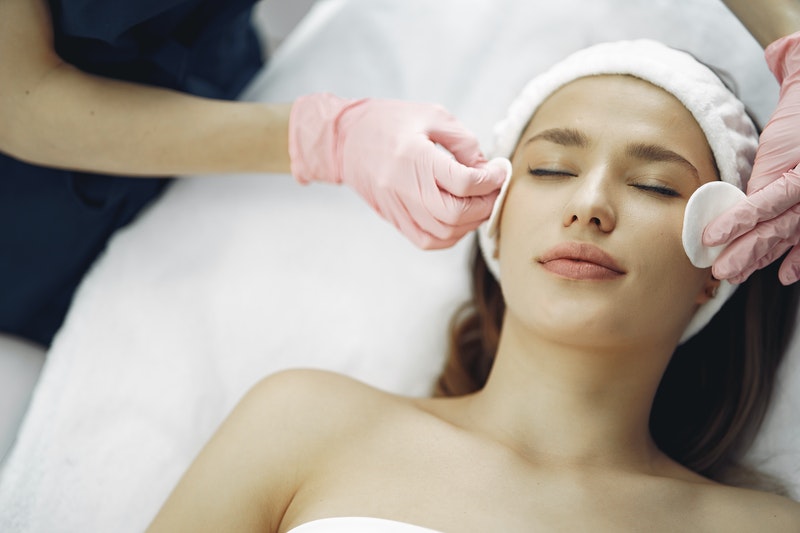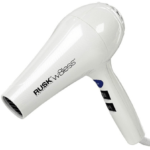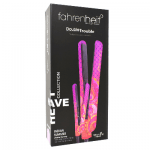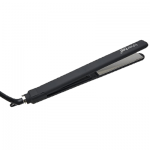Kim Kardashian shocked us all when she posted a photo of her unique skincare routine also known as a vampire facial quite a few years ago. This rather morbid facial option has quickly grown to be a hot topic for beauty gurus all over. So what is a vampire facial? What does a vampire facial do? Is it healthy?
There’s a lot to dive into. This concept might have you a bit uneasy to start with, however it’s growing more and more in popularity by reputable skin care specialists. But don’t you worry. We are going to dive into each of these questions so you can make an educated decision on whether you want to take the leap and try this absurd facial a try.

Vampire Facial or PRP
Vampire facials, also known as PRP, have become quite a popular trend in recent years, but not many have researched this foreign procedure. The scary yet most effective part of a vampire facial is that it uses your own blood to plump and nourish your skin. Yes. You heard that right. A vampire facial uses real blood in the process.
So how can this possibly benefit your skin? There’s actually some pretty well thought out science behind it. When blood is extracted, it’s separated into three sections: plasma, blood cells and platelets, and red blood cells. PRP comes from the blood cells and platelets in the middle. So what does a vampire facial do? There are actually some major vampire facial benefits. This section of blood has loads of healing properties, which is why it’s often vital to the wound healing process.
This is where the idea for using this section of blood for a facial came from. It’s extracted from the other sections of the blood to create a super serum in one sense of the word. This is then put onto your face to heal and brighten your complexion. The healing properties also plump your skin while helping any scarring or unevenness heal itself to create even, bright, and voluminous skin.
How is this different from other serums or facials? Using your very own blood and its unique properties helps make sure that each person gets the most customized facial that can benefit them versus finding an option that can fit. It also is natural, which while it might seem strange to think putting blood on your face could possibly be safer for you, it actually is much more gentle and safe for your skin as it’s already coming from your body.
What is the Procedure Like?
So we know a bit of the background of the idea, but what is the process of applying the vampire facial to your face actually like? There are a few different ways to accomplish a PRP facial. First, you can inject the platelets into your skin like a filler. So in this concept, we are extracting blood, separating the blood, and filling the blood back into the face in desired areas with the newly separated blood. Simple enough? This is a lot safer than fillers, but still gives a plump look that is often craved by those who choose fillers.
A second option is microneedling with the platelets. Once again, this injects the blood, but with tiny needles that are poked into the skin quickly and all over the face. Microneedling has loads of benefits for skin healing, collagen building, and more on its own, so mixing this with PRP can be highly beneficial. Microneedling does have a few days of recovery as there can be redness or even scarring as the skin is healing itself. However, the results are amazing when all is said and done, so it’s a good trade off on the back end.
You can also mix PRP treatment with microdermabrasion which helps remove the top layer of dead skin and peach fuzz. Great for those looking for a glow after they are finished with the facial. This option is painless other than the PRP treatment, so if you’re looking for a pain free experience with little to no recovery time, this is the best option.
Whichever option you choose, the PRP concept stays the same. Are you willing to give this a try? Find a skin specialist near you that you trust and consult if this is a good option!


